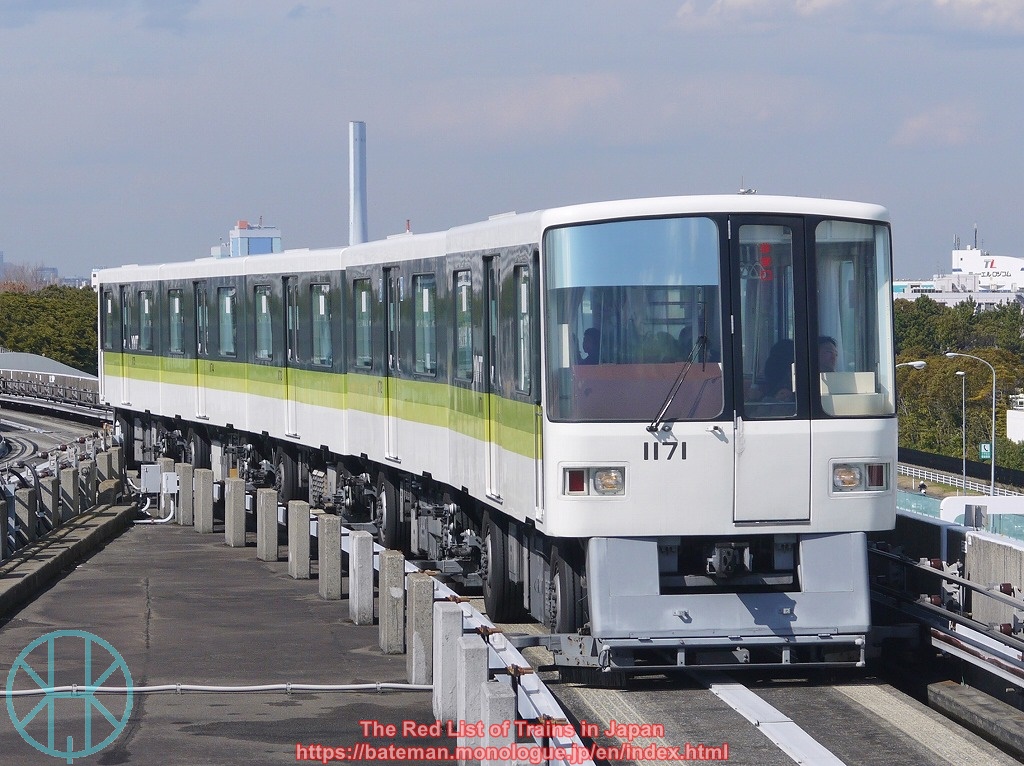"Q Seat" is a service that has been provided by Tokyu since 2018. It is a seat reservation scheme during evening rush hour for commuters fed up with extremely packed trains. It was first introduced to Oimachi and Den-en-toshi lines, and there are nine Express services leaving Oimachi station between 5:00 pm and 9:40 pm on weekdays. Each service is formed of seven coaches, and one of them is designated as Q Seat that requires a 500-yen additional fare. Since Den-en-toshi line has been infamous for congestion, many passengers choose the all-reserved coach on the way home for up to 40 minutes.
 |
| * The seats will be turned to transverse ones when used in the evening |
In August 2023, Tokyu introduced the scheme to Toyoko line with the same price. Two out of ten coaches of express services leaving Shibuya between 7:35 pm and 9:35 pm (precisely every 30 minutes) are Q Seat. As Q Seat is designed for commuters living near Tokyu stations, the trains have to stop at more stations than the fastest limited express services.
However, Toyoko line Q Seat has obviously been unsuccessful. The company must have imagined that the ridership would be as good as those on Oimachi and Den-en-toshi line, but there are only a handful passengers per Q Seat coach.
Tokyu has been desperate to promote the Q Seat on Toyoko line. It has offered a 50% off deal from 13 November to 29 December and again from 9 to 31 January. Furthermore, a bottle of green tea or yoghurt-based beverage (which roughly cost 160 yen) will be given without charge from 5 to 29 February. Despite these efforts, Toyoko line users seem to believe that it is not reasonable or useful enough.
Why Toyoko line Q Seat suffers from low ridership?
The start of the services
All Q Seat trains start from Shibuya station, but not a few Toyoko line passengers commute to even farther such as Shinjuku and Ikebukuro. They use direct services towards Shinjuku and Ikebukuro in the morning, but they have to alight a train at Shibuya if they wish to use Q Seat in the evening. This is simply inconvenient, and it must be the main reason for low usage.
Rivals
Unlike Den-en-toshi line, Toyoko line has a major competitor: Shonan-Shinjuku line. Both lines run between Shibuya and Yokohama and call at Musashi-Kosugi. JR East's Green Car is more expensive than Q Seat, but given the extensive network, JR can be more convenient than Q Seat trains.
Speed and duration
Unlike similar services that other train operators provide, Toyoko's Q Seat is not the fastest service of the line as mentioned above. Express trains on Toyoko line is notorious for stopping too many stations, calling at 14 out of 26 stations (excluding Shibuya). This is simply too slow, but Tokyu might have been in a dilemma: if Q Seat had been available on limited express services, even fewer people would use it as it only calls at major interchange stations and thus lose in battle against JR.
What is worse, exhausted commuters do not necessarily have to rely on Q Seat to secure a seat. There are "local" services calling at all stations start from Shibuya roughly every 10 minutes. A table below shows how different their duration from Shibuya is.
| Express | Local | |
|---|---|---|
| Den-en-chofu | 13 mins | 17 mins |
| Tamagawa | 15 mins | 19 mins |
| Musashi-kosugi | 17 mins | 22 mins |
| Hiyoshi | 21 mins | 27 mins |
| Tsunashima | 23 mins | 29 mins |
| Kikuna | 27 mins | 34 mins |
| Yokohama | 33 mins | 48 mins |
Local trains take more than express trains, but the differences are not significant. When everyone has a chance to have a seat on the local train, how many people think of paying 500 yen more?
To make the service more attractive, Tokyu has to do something other than providing a bottle. First, Q Seat should start from Fukutoshin line stations such as Ikebukuro and Shinjuku-sanchome. However, it must be a hard work for Tokyu as it has to negotiate with Tokyo Metro. Tokyo Metro has already had similar services (namely Odakyu Romancecar on Chiyoda line and TH Liner on Hibiya line), and it will certainly apply a similar fare. Thus, the Q Seat ticket is likely to be around 710 yen, which would be too expensive.
Second, Tokyu should consider providing the service during morning rush hour as well. Generally speaking, train congestion is worse in the morning than in the evening so that there might be a demand for seat reservation.
Third, Tokyu should also consider providing the service at the weekend. Parents with infants or babies and elderly people have struggled with packed trains on Saturday and Sunday. It might be a good promotion of Q Seat, and some of the parents may use it on weekdays as well.
The aforementioned options must have been on table, and the company will hopefully sort the problem out. Otherwise, the brand new Q Seat coaches would just be a waste of money.







